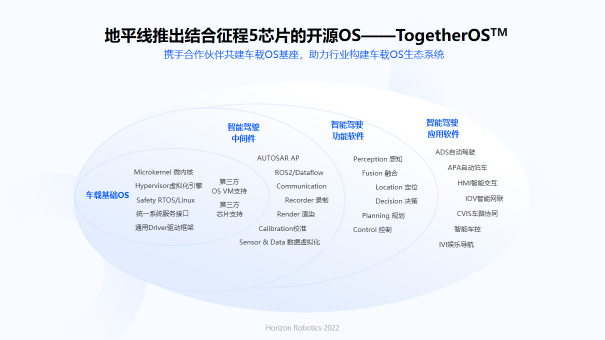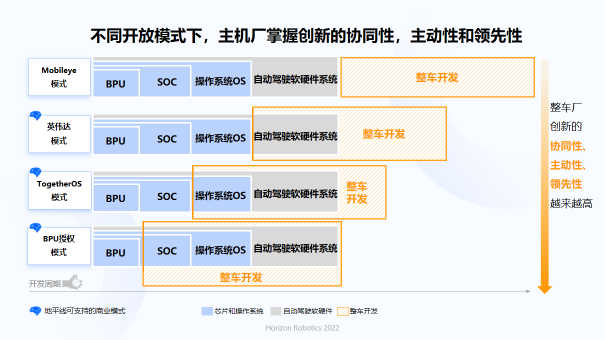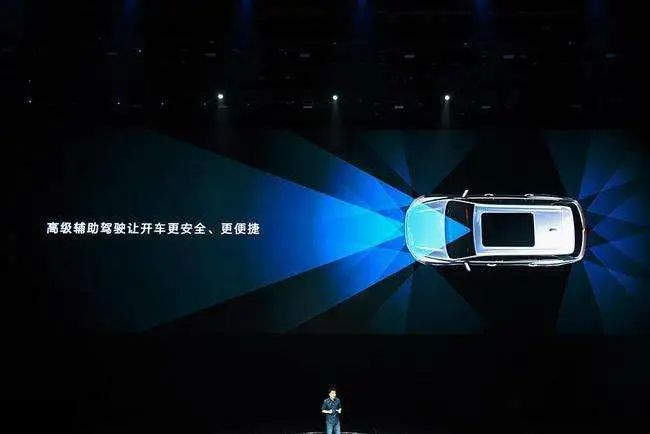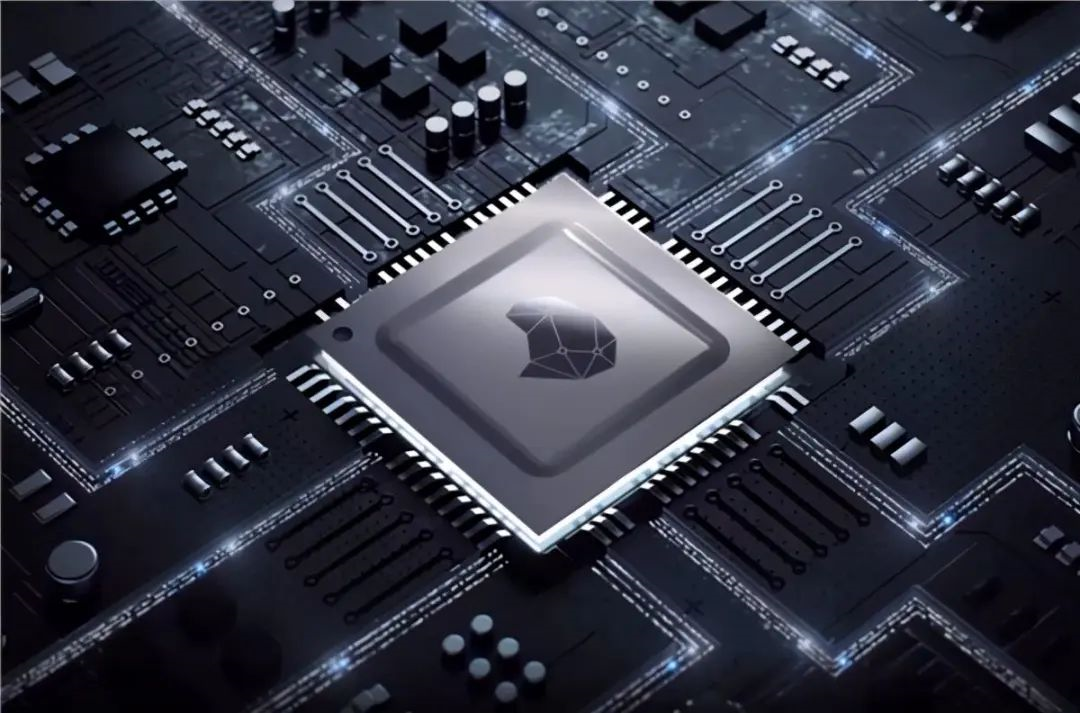Author: Michelin
“The greatest enterprise in this era is an ecological enterprise.” This is how Yu Chengdong opened his speech at HDC 2021.
This ecosystem can be narrowly understood as an app store, or more broadly as an open and inclusive relationship. More than just Huawei is working toward this goal.
From the “black box” one-click delivery model that dominated the industry decades ago to today’s more flattened and deeply collaborative supply chain models, openness and inclusivity have become indispensable options in the automotive industry. This applies not only to automakers but also to suppliers from different sectors, such as the popular car chips used in intelligent vehicles.
The New Moore’s Law of the AI Era: TOPS Does Not Represent Everything
In the traditional automotive era, horsepower was the parameter most commonly used to evaluate a vehicle, but in the age of intelligent transportation, more people are becoming familiar with “computing power.” In the past year or two, we have witnessed the computing power competition among various automakers, with 100 TOPS, 500 TOPS, and even 1000 TOPS being thrown around. One question that inevitably arises is: how much computing power is enough? Is it true that greater computing power always leads to a better experience?
As we witness the breakthroughs in physical Moore’s law with TSMC’s 5nm and 3nm processes, the ceiling for continuous improvements in computing power through transistor density increases seems to be almost within reach. Even cars equipped with the same computational power chips, or even the same chip models, provide different experiences. This leads us to also focus on the concept of “effective computing power” while chasing after the “computing power faction.”

“Rather than large computing power, it is better to compute quickly,” Dr. Yu Kaibao, founder of Horizon Robotics, describes the new Moore’s Law proposed by the company. In other words, actual AI performance = peak computing power x effective utilization rate of computing resources x AI algorithm efficiency.
This formula is used to evaluate the real AI performance of chips because there are usually three key indicators that affect chip performance: peak computing power, which is the familiar TOPS; the effective utilization rate of computing resources, which is optimized through architecture design, operating systems, compilers, and more; and AI algorithm effectiveness, which determines the adaptability of chip architecture to software algorithm evolution. In other words, TOPS determines the upper limit of chip ability, but architecture design, operating systems, AI algorithms, and more all affect the stable output capability of chips after they are installed in vehicles. Only by considering all three indicators can chips be “fully utilized”.According to this theory, Horizon has designed a high-performance autonomous driving processor architecture, the BPU (brain processing unit). The BPU adopts a large number of innovative technologies, including high-performance and low-latency data concurrency processing technology, using pulse arrays to improve data parallel speed, using process calculation to make storage and calculation less distinct, and optimization such as sparseness. Meanwhile, with the help of neural networks for calculation, it can achieve high computing performance and low power consumption to handle a large amount of data.
For example, Horizon’s Journey 5 chip, designed based on the new Moore’s Law, uses only half the chip area and half the computing resources compared to Nvidia’s flagship Orin-X chip. However, using advanced neural networks to perform calculations, it can achieve high computing performance while completing massive data processing with lower power consumption.
Competitive technologies are not just developed in the laboratory but also polished in real-world scenarios. In the age of intelligent automobiles, the role of chips is not just to execute “YES or NO” but to read and learn from the environment to make their own judgments, which makes higher demands on their autonomous learning and mass data processing capabilities. When intelligent driving chips face massive real-world data, low power consumption and high computing power become their advantages.
Opening up the boundaries of autonomous driving
As mentioned at the beginning, in the era of intelligent automobiles, everyone needs an open ecology. As underlying capabilities gradually converge, the deep involvement and definition of hardware and software become the key to creating differentiation.
Therefore, we can see that new forces have chosen the “full-stack self-developed” autonomous driving model, which involves deeper involvement in the development of autonomous driving compared to the black box model in the past. This requires the investment of car companies and more “inclusive” chips, operating systems, and underlying architectures to provide support.
“Building the foundation of China’s autonomous driving chips” is the goal that Horizon sets for itself. Since it needs to provide a foundation, an open and inclusive platform is required that can accommodate different needs. In 2021, Horizon took the first step towards building a “digital foundation” by creating an open-source real-time operating system called TogetherOS.
From the name of it, TogetherOS should be an open, collaborative, and non-commercial public technology resource created by different partners. Various application software can be supported on TogetherOS, and Horizon provides various development tools, toolchains, and cloud-based training, including data management and simulation platforms.
In this way, on top of Horizon’s Journey chip, the mainstream operating systems such as Linux, QNX, Android, Ali OS, and Harmony can be supported, and TogetherOS, an open-source and non-commercial operating system for smart cars, can also be created.
With an open-source operating system, a car company’s participation in autonomous driving development is now in the operating system phase.

In the original collaboration between on-board chips and car companies, they either chose Mobileye’s “black box” mode to deliver the complete chip architecture, operating system, and smart driving software and hardware system packaged to the car company. The car company then carried out whole vehicle development after receiving this “black box.” Or they chose Nvidia’s mode to develop the GPU architecture into a chip, then attach their own operating system CUDA, and let the industry develop automatic driving software and hardware systems. Whole vehicle development and automatic driving software and hardware system development virtually proceeded simultaneously, and coordinated innovation gave the whole vehicle development stronger leading-edge.
However, as more and more new forces choose the trend of “full-stack self-reliance” or even “chip self-reliance,” this “collaboration” obviously cannot meet all needs. At this time, TogetherOS mode can be used to open up the middle-layer software through the open-source OS after the BPU and SOC development is completed and system development can be carried out with the entire vehicle. The car company not only participates in the development of application software but also goes deep into the underlying operating system and more efficiently calls various resources under the operating system. In this open mode, the entire vehicle development will achieve high coordination from chip to operating system and then to automatic driving software and hardware systems, greatly improving iteration speed. We are committed to creating the “Wintel” (Windows + Intel) and “AA” of the smart car era.
 For this kind of collaboration, Horizon Robotics provides an example of their cooperation with Ideal Auto, which only took seven or eight months from the initial project launch to the mass production of the Ideal ONE 2021 model. The ability to achieve mass production at such a fast speed is through in-depth collaborative cooperation.
For this kind of collaboration, Horizon Robotics provides an example of their cooperation with Ideal Auto, which only took seven or eight months from the initial project launch to the mass production of the Ideal ONE 2021 model. The ability to achieve mass production at such a fast speed is through in-depth collaborative cooperation.
For car companies that focus more on the “pursuit of soul”, Dr. Yu Kai stated that while providing SoC-level high-performance intelligent chips, Horizon Robotics will further open up and authorize BPU IP to complete vehicle manufacturers, providing software toolkits, chip reference designs, and technical support. Through the authorization model, car companies can fully participate in the design process of an autonomous driving chip, from chips to operating systems, to the entire hardware and software of autonomous driving, to “tailor-made”, enhance differential competitiveness while accelerating innovation and R&D speed.
Finally
The development of intelligent vehicles has made China the main battlefield for hard technology and the first launch site for intelligent products. It has also forced the domestic automotive industry to invest in this battle at a faster pace of innovation.
Facing this “hard battle,” It is not wise to fight alone. An open ecology composed of chips, algorithms, toolchains, and development platforms can go further.
This article is a translation by ChatGPT of a Chinese report from 42HOW. If you have any questions about it, please email bd@42how.com.
